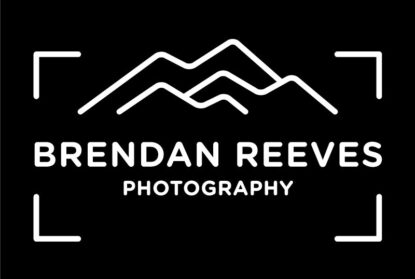Photography as Meditation: How It Helps Calm the Mind
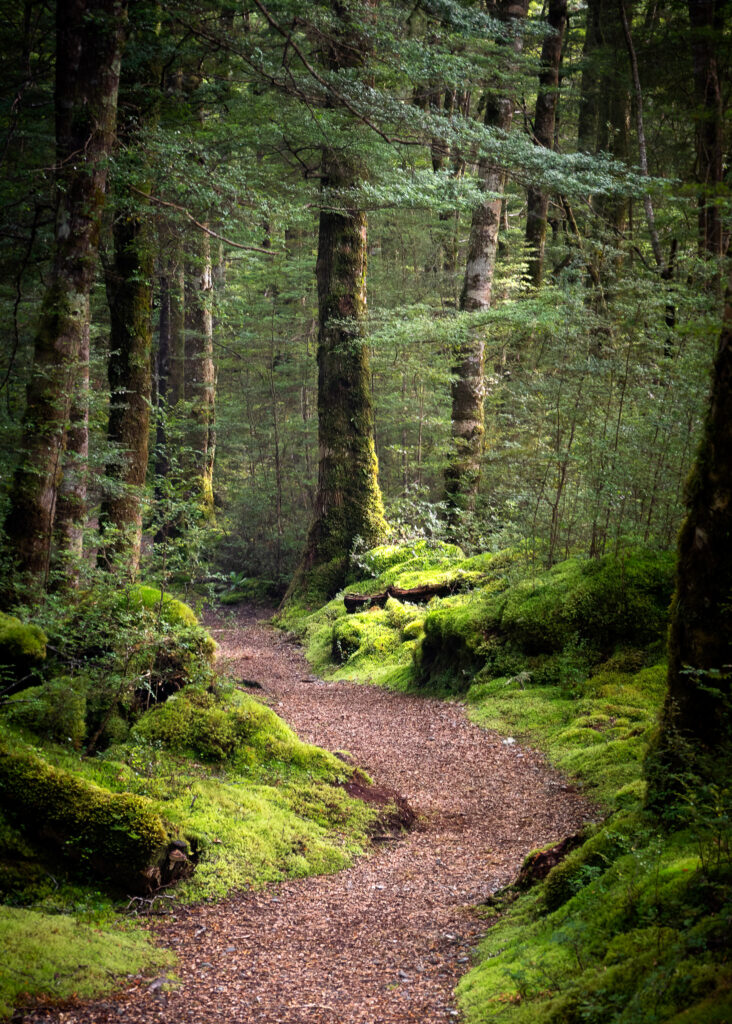
Can photography help calm an anxious or overactive mind? For me, it’s more than a creative outlet—it’s become a kind of meditation. Whether you’re managing ADHD, dealing with stress, or just need to clear your head, slowing down with a camera can make a huge difference.
Often I have so many thoughts flying through my head at once, it feels like a constant storm—emails to reply to, photos to edit, jobs to plan, food to buy, messages I forgot to answer, things I should have done yesterday, vacuuming, video ideas, deadlines, appointments I haven’t made yet. My brain jumps from one thing to another so fast I can’t catch a single thread. I feel paralyzed. Every task feels urgent, but I can’t even start. The noise builds until I’m just frozen—completely overwhelmed.
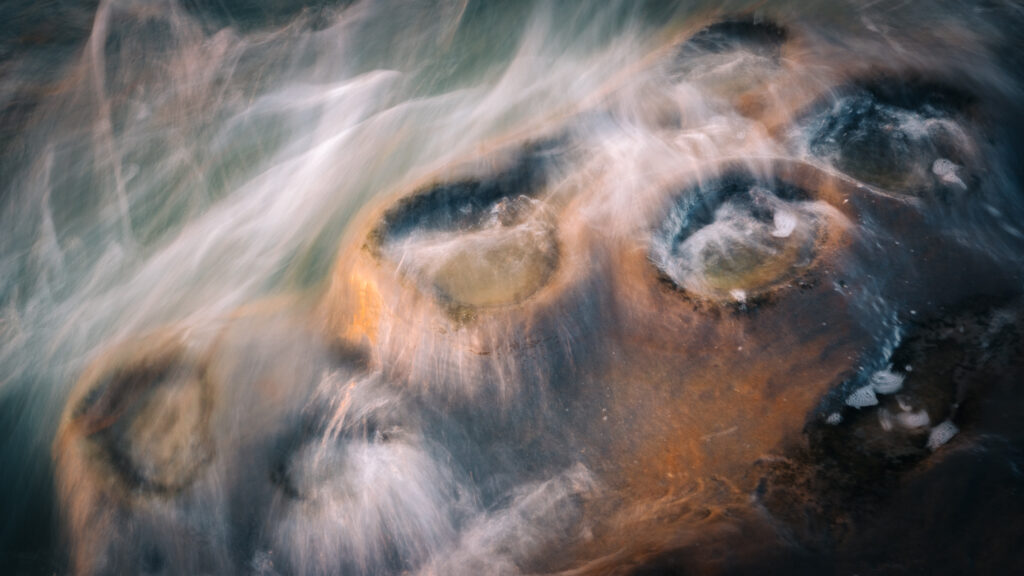
Or sometimes I avoid doing things I should be doing, because of irrational fears—like being judged for my work, being seen as not good enough, or even just making the wrong choice. I’ll procrastinate for hours or days, not because the task is hard, but because of this vague, nagging fear that I’ll fail—or worse, that someone will think I’m a failure. Even opening an editing app or responding to a simple email can feel loaded. It’s like my brain builds it up into something way bigger than it is, and instead of tackling it, I just shut down and avoid it altogether.
Welcome to my life with ADHD. This is every day for me: too much going on, not getting anything done, and feeling completely overwhelmed.
How do I manage it? Photography.
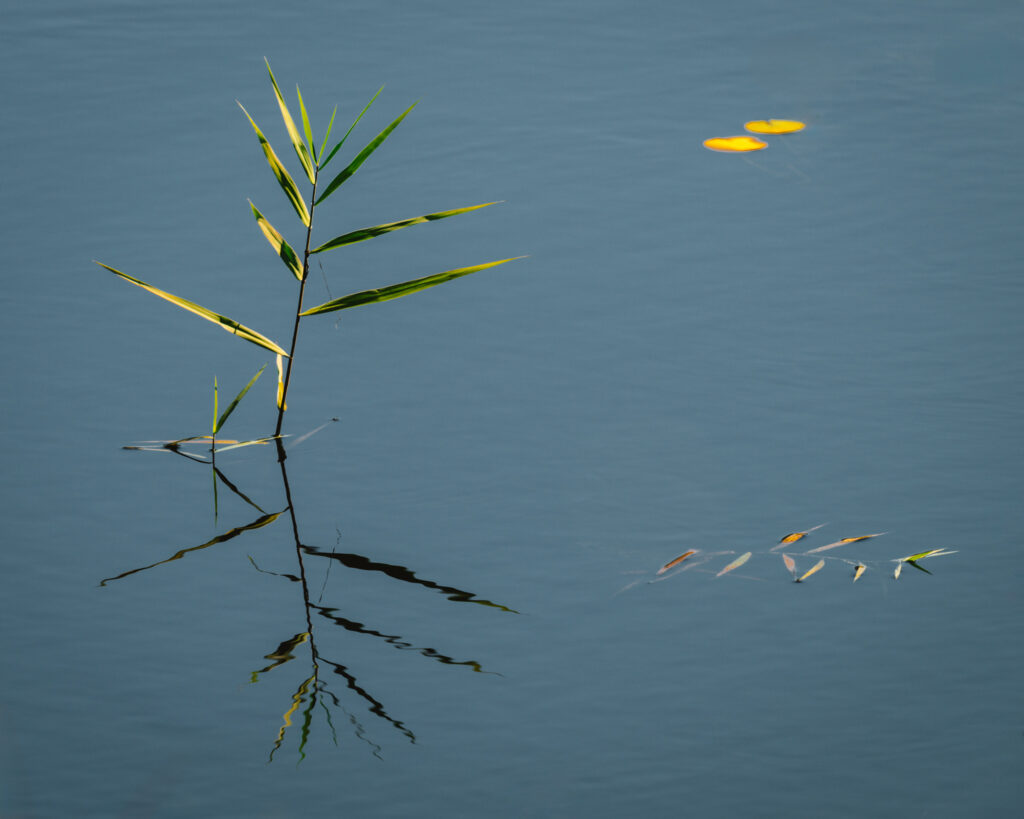
Sometimes I just have to stop, step back, and find a way to escape the chaos of my mind.
So I get my camera and go somewhere. Being outside in nature helps the most.
I just go for a walk with my camera.
I like walking in places like the lakeside here in Wanaka, where the light dances on the water, or deep into quiet forests where the air feels thick with stillness and moss. These are the kinds of places where everything slows down and my senses start to open up.

Slowing Down to See More
The first photo is always the hardest—my mind’s still racing. I just try to look for light, color, or shape that catches my attention—then try to compose something in my camera that looks good to my eye.
Once I have the first few photos in the bag, I often find I start to see more and more photos around me.
One evening in Wanaka, I was feeling pretty foggy and just needed a break. I grabbed my camera and headed to the lake without expecting much. The light was soft and fading, and I noticed some thin reeds sticking out of the still water. It wasn’t anything dramatic, but something about the scene made me stop. I took a photo, and it turned out to be one of my favorites. It’s simple—just a few lines and reflections—but I like it. I don’t think I would’ve seen it if I hadn’t been present and looking slowly.
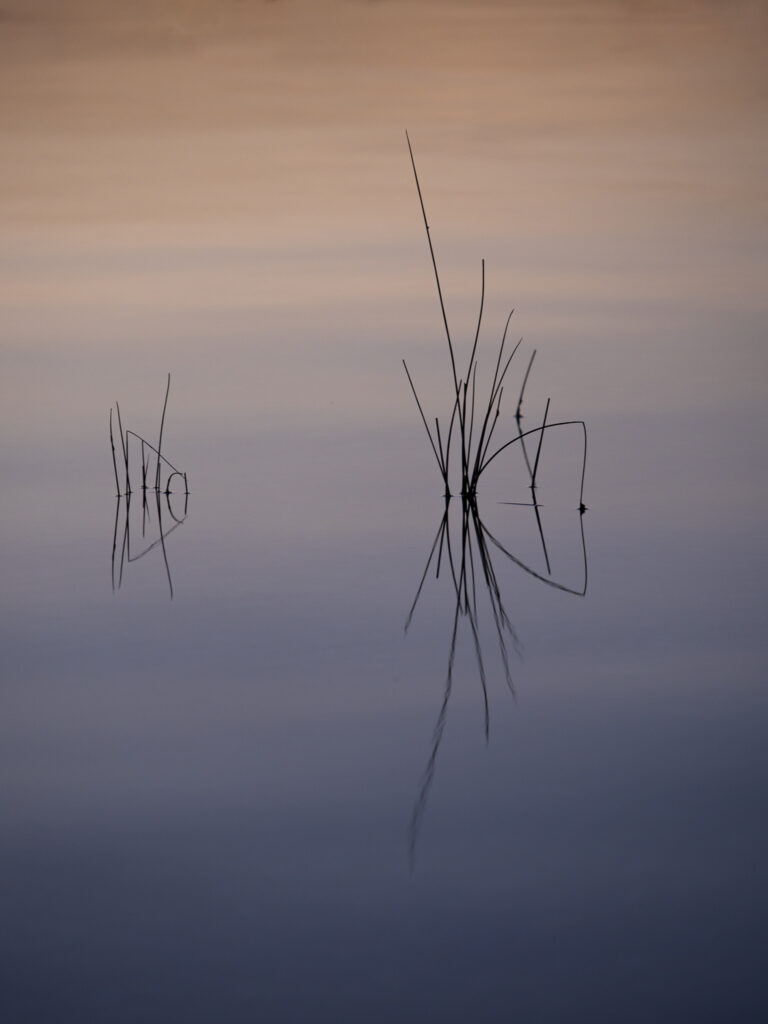
Other times, I get annoyed that all the photos I’m taking are rubbish.
But even when I’m not feeling overwhelmed—even on a good day—this way of slowing down and tuning in still helps. Just being present, without forcing anything or expecting to find the perfect shot, often leads to better photos. When I let go of the pressure to capture something impressive and simply notice what’s around me, I start to see things differently. Some of my favorite images have come from those moments of low expectation and quiet attention.
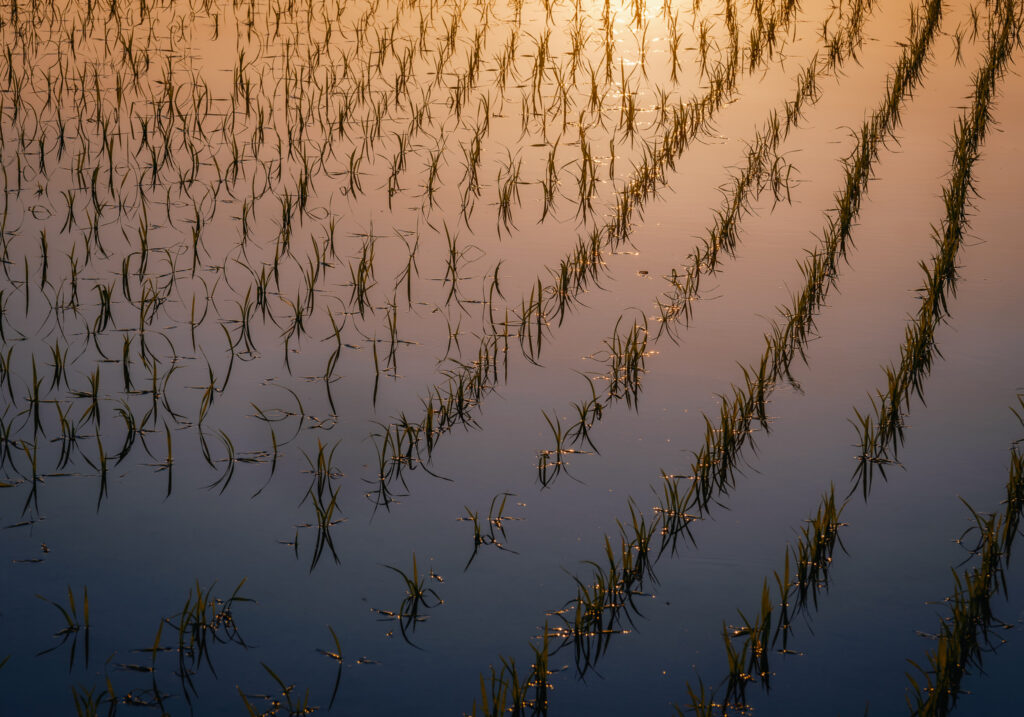
It’s not just about feeling better—it actually makes me a better photographer. When I’m not chasing the “perfect shot,” I notice the small things: the way light hits a branch, a quiet reflection, the texture of a leaf. Those moments are easy to miss when I’m overthinking or rushing. But when I’m present, I see more clearly—and I react more intuitively. That’s when the good photos come.
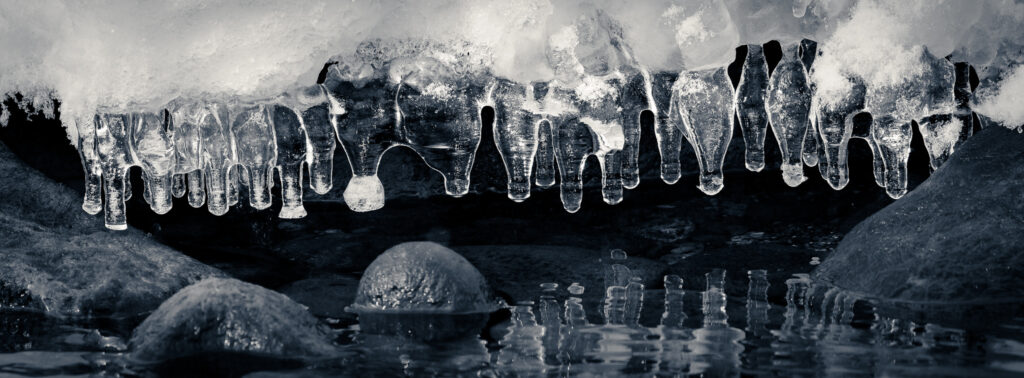
When that happens, I find myself stepping back and reminding myself: it doesn’t matter what people think of these photos. It doesn’t matter even if future me doesn’t like them. Just shoot what catches my eye—the sun on that rock or mountain, the reflection in a puddle, whatever looks interesting.
Tune the senses in to your surroundings. What do I hear? What do I feel on my skin? What do I see?
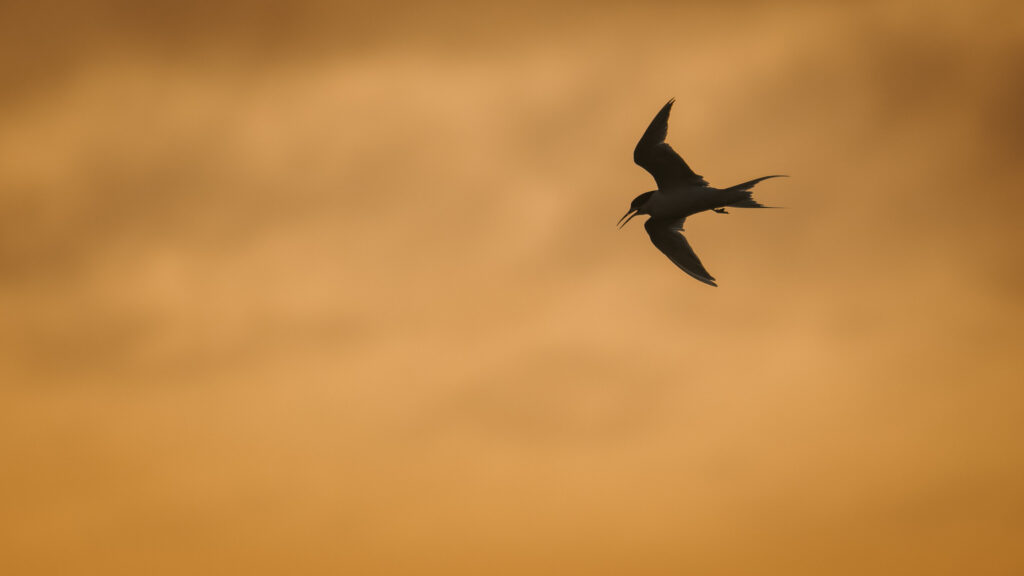
Don’t worry if it’s a good photo or not. Just engage the senses and be present.
Tuning into sound, touch, and the feel of the environment helps me get out of my head and into the moment. When I notice the wind brushing past my skin or the crunch of gravel underfoot, it grounds me. That presence often helps me see things I’d normally overlook—a shadow pattern on the ground, light glinting off water, a tiny splash of color in the distance. When I’m fully engaged, I stop scanning and start seeing. It’s as if the world slows down and photos begin to reveal themselves to me.
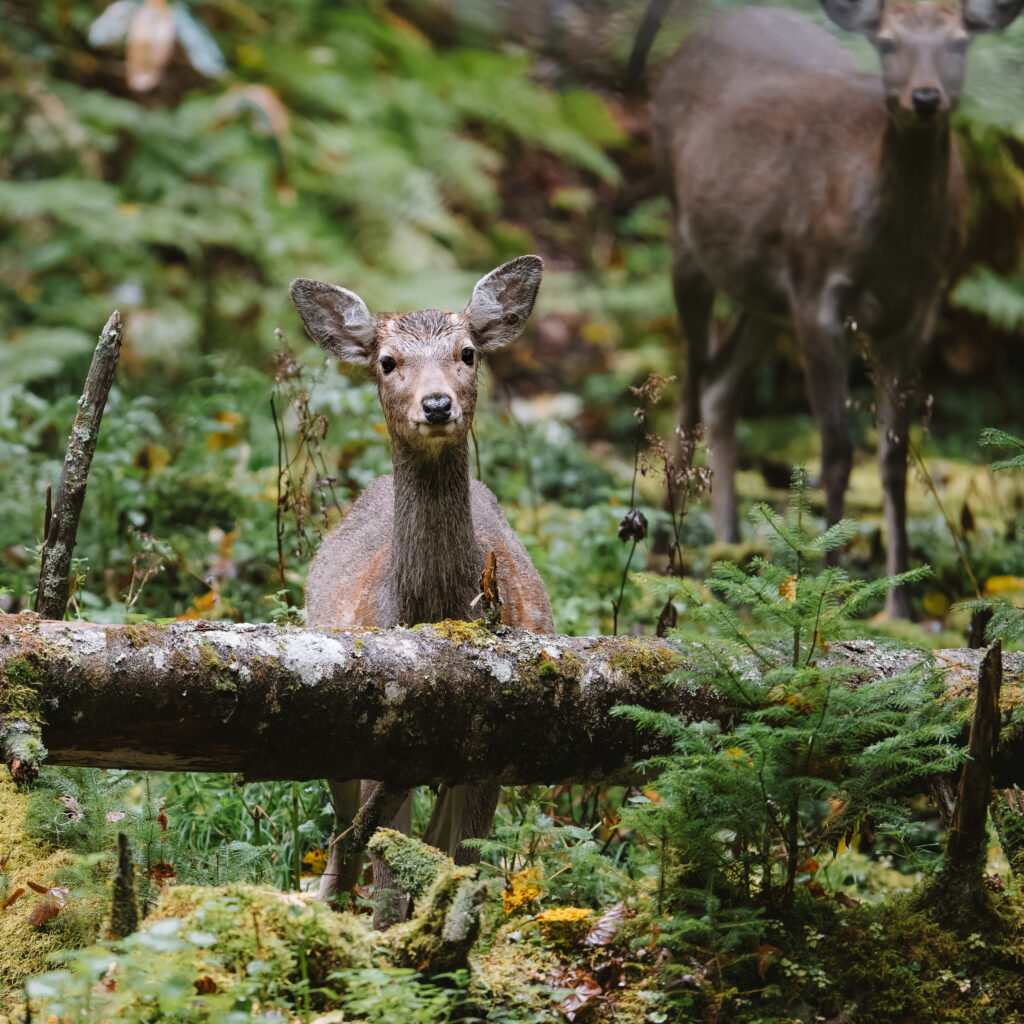
The more present I am, the more I will see.
What small details do I notice? What about the scene in front of me makes it attractive? In what way can I arrange these details into a photo? Should I include it all or subtract some?
Wander slow. Engage. Be present.
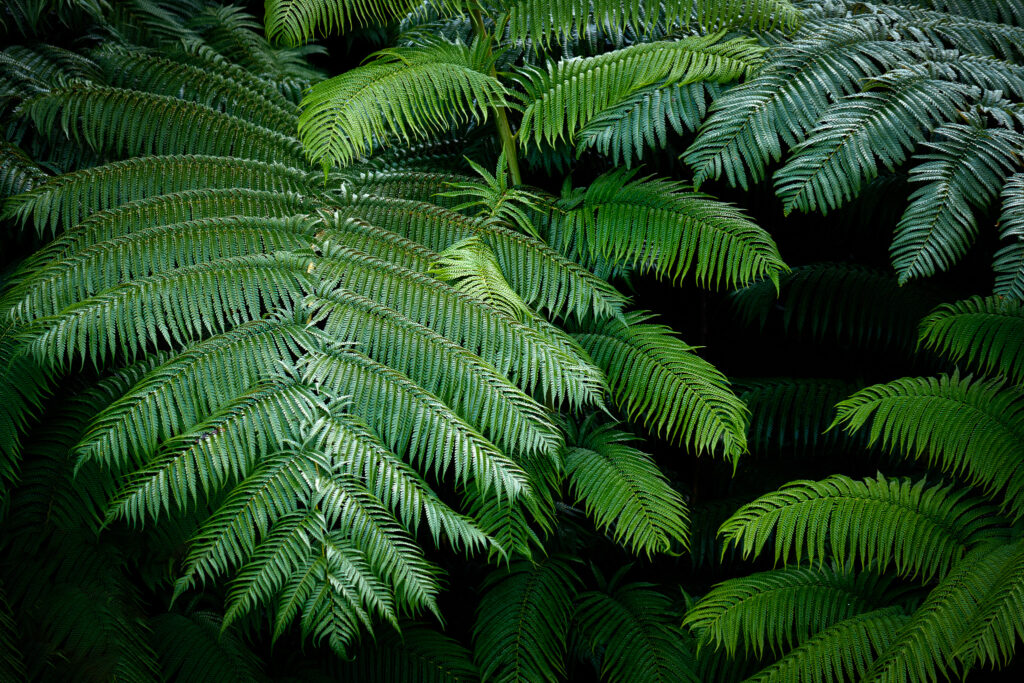
Don’t worry if you don’t see a photo—just wander until you do. You may take many photos or none at all. It doesn’t matter.
I find this a great way to reset and clear my mind.
It clears the fog. Decisions come easier.
Or it just gives my mind the space to step back from the overwhelm.
The Connection to Nature and Shinrin-Yoku
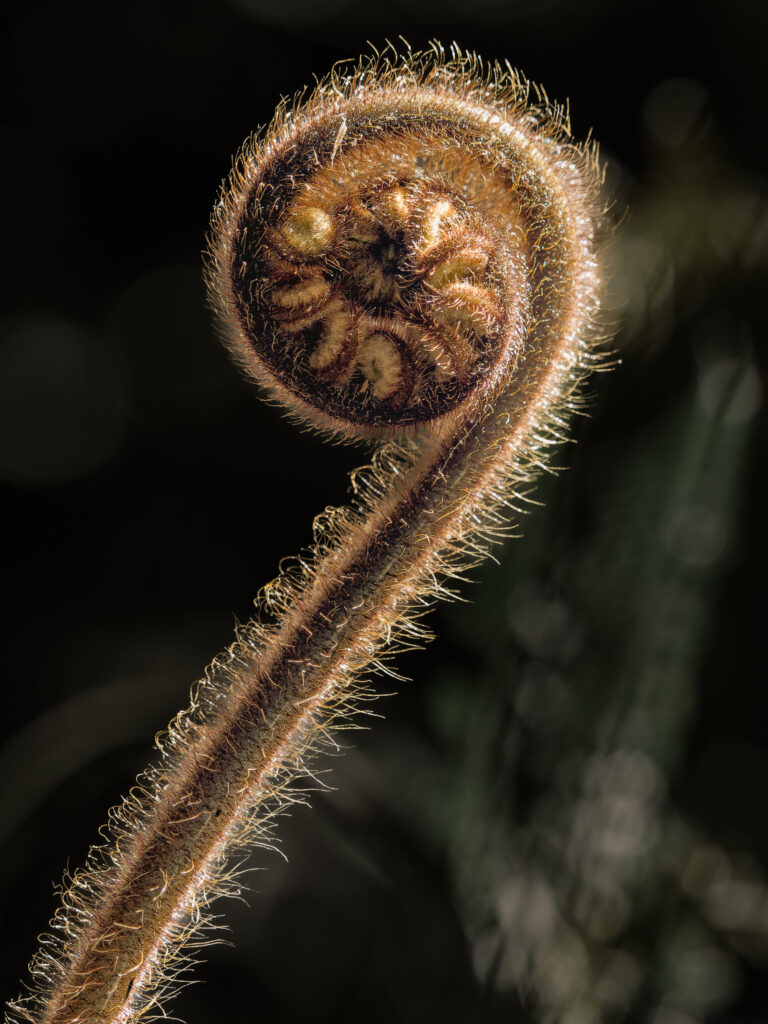
It turns out that what I’m doing when I walk with my camera is a lot like mindfulness—or even Shinrin-yoku, the Japanese practice of forest bathing. I’m not just taking photos—I’m slowing down, tuning in to my senses, and reconnecting with nature. In Shinrin-yoku, there’s this idea that trees release compounds called phytoncides—natural chemicals that you breathe in as you walk through forests. They’re believed to reduce stress hormones, boost your mood, and even support your immune system.
I’m not always in a deep forest, but even being among a few trees or plants while focusing on photography feels like getting a hit of that same calming effect. It’s a kind of reset. I later learned that this kind of sensory awareness—sight, sound, touch, even smell—is proven to calm the nervous system. It’s not just a nice idea. It works.

For someone with ADHD—or even just a very active mind—it’s a sweet spot. Photography gives my brain enough stimulation to stay focused, without being overwhelming. It keeps me engaged, but in a calm, intentional way. It becomes a kind of moving meditation: active, creative, and grounding all at once.
Final Thoughts
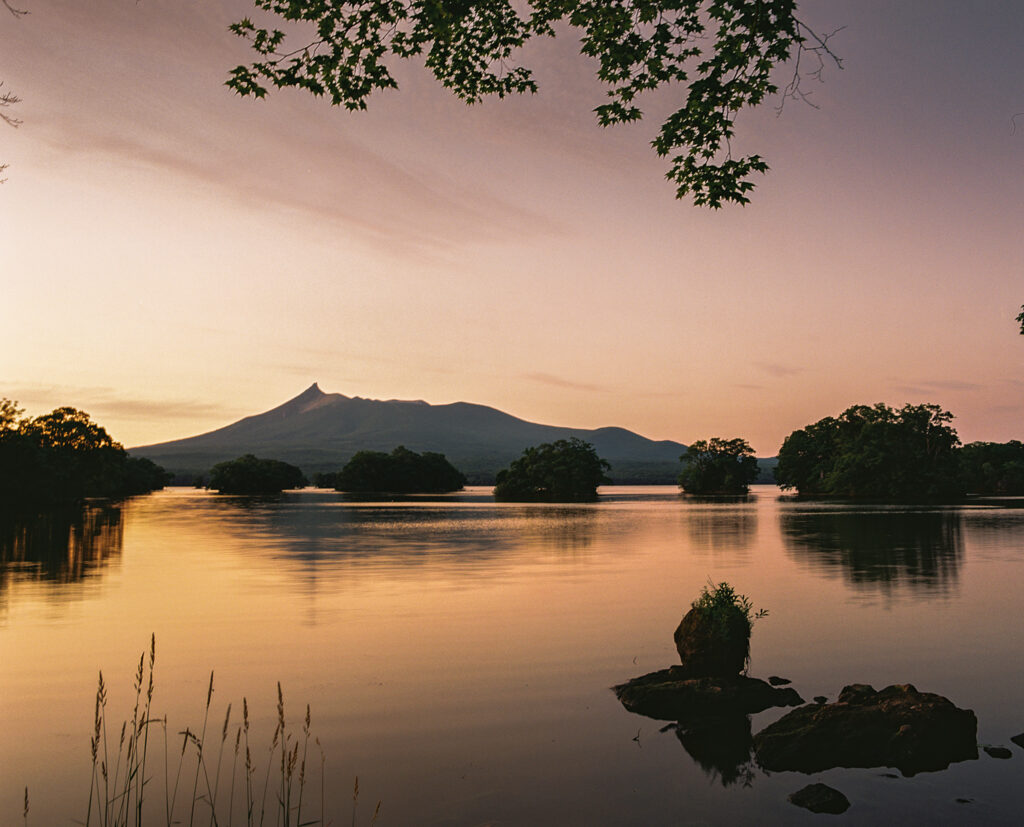
In the end, I don’t go out with my camera just to make great images. I do it because it helps me feel more grounded and clear-headed. And sometimes, that headspace leads to better photos—but even when it doesn’t, it still feels worth it.
It’s a small habit that helps me reset, enjoy the moment, and see things I might otherwise miss. Whether the photos are good or not doesn’t matter as much as how I feel when I take them.
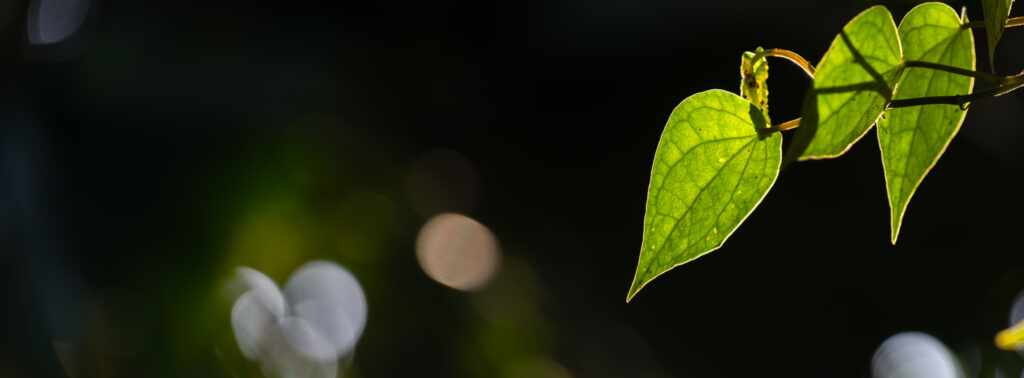
Explore More
If this resonated with you, feel free to explore more of my blog. You’ll find travel stories, photography adventures, and reflections from time spent in nature—all captured through my lens.
